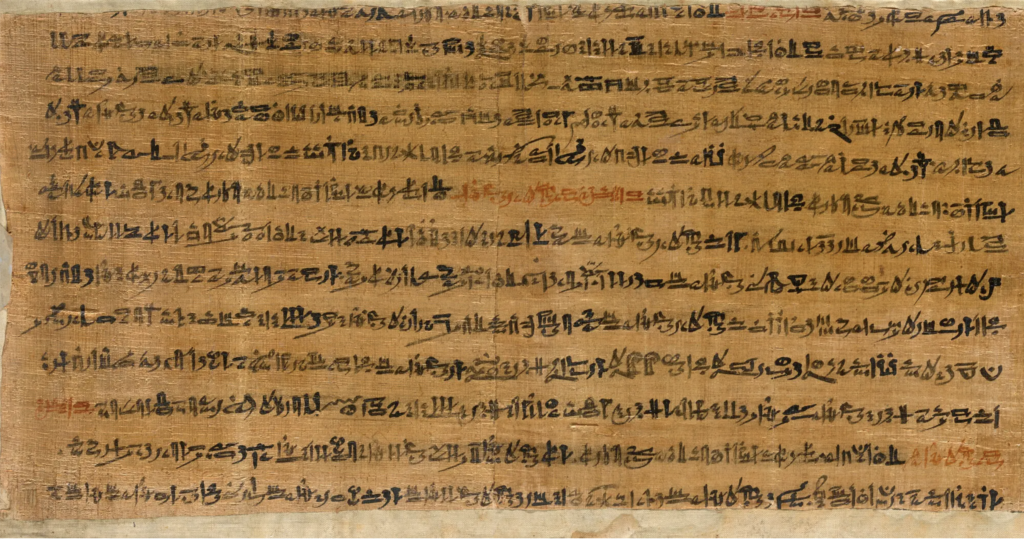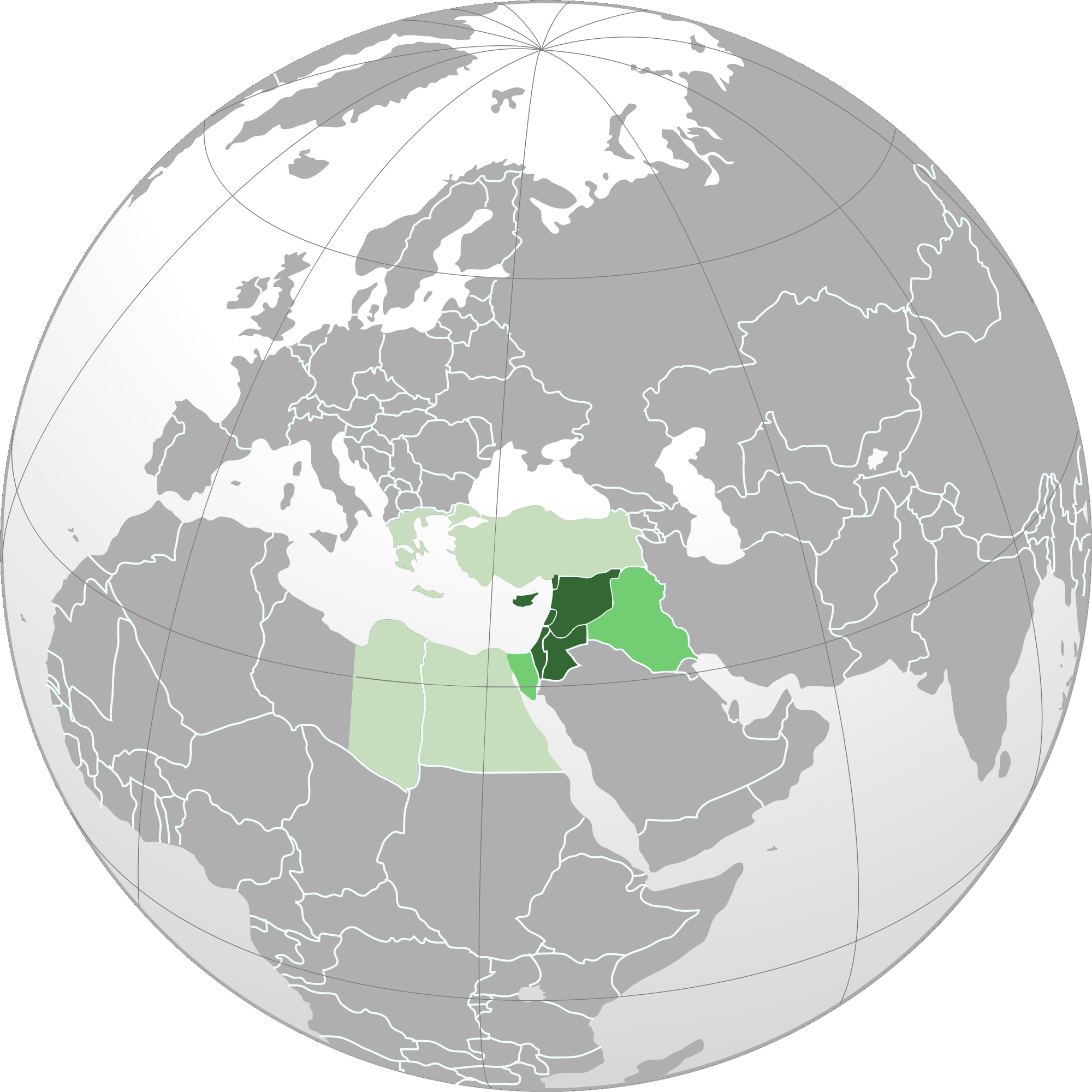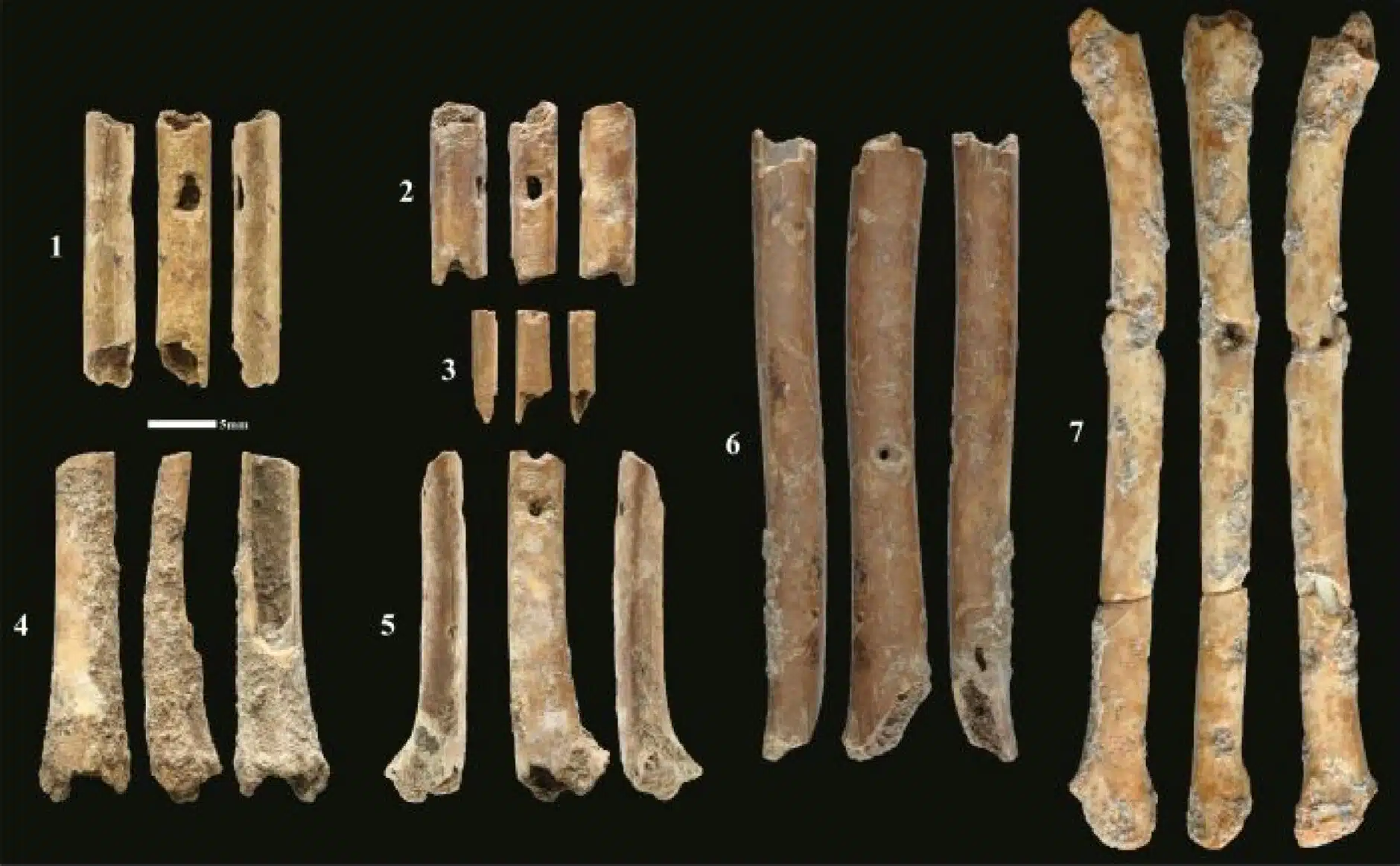Death has become a central aspect of human culture since we began living in communities. Every society suffers from death and each has different traditions and rituals that correspond with their culture and beliefs. One prominent ancient civilizations, the Ancient Egyptians, had their own burial system which included elaborate coffins and a long list of instructions for how to act in the afterlife (Lidz, 2023). The Egyptian Book of the Dead (Figure 1), which had been in private possession since the 19th century, was finally exhibited in the Getty Museum of Los Angeles for the public to see (Lidz, 2023).

This collection of documents shows us how the wealthy Egyptians were prepared for the afterlife, and shows us their cultures, beliefs and traditions regarding the dead. The documents contained a series of prayers and instructions on how they should be said which is supposed to facilitate the transition to the afterlife as well as obtaining control over your destiny (Lidz, 2023). These spells would protect you from harm such as snakes or being decapitated, but the objective of the entire document is to achieve safe passage to their version of paradise, lush fields that can provide sustenance for the gods (Lidz, 2023). In Ancient Egyptian culture, the purpose of their life on Earth was to be as morally good as they could be, so they are able to move into the afterlife safely and serve the gods for the rest of eternity. This shows how religion is a core belief in this culture as they live on Earth with the hope to work and feed the gods for the rest of their existence.
This newly publicized artifact reminded me of the discussion about the human remains found in the mounds of the Native American city of Cahokia, and the role that religion may have played in this society. There are a lot of similarities between “Birdman” (Figure 2) and the burials of the Ancient Egyptian elites, as they all possessed lots of valuable grave goods (Seppa, 1997) as well as an elaborate coffin and support for an easy transition to the afterlife (White, 2023).

The stark difference between these two rituals are the remains of the many humans that were sacrificed found in Cahokia next to “Birdman”. Some were found right next to the supposed ruler, which are suspected to be close relatives, as well as over 50 other bodies placed in a line, which are believed to be human sacrifices (White, 2023). We discussed the possible reasonings behind these sacrifices, but I believe we can assume that religion played an important role. Looking at the Egyptians lifestyle, their entire lives seemed built around religion as they were eternally devoted to serving their gods. Although a completely different culture, the homogenous burial practices lead one to believe that the people of Cahokia may have shared a similar lifestyle that completely surrounded itself with one central idea, religion, which influenced their culture and the many human sacrifices.
Additional Information
More information on the Egyptian Book of the Dead: https://arce.org/resource/book-dead-guidebook-afterlife/
More information on Egyptian Burial Practices: https://choicemutual.com/blog/ancient-egyptian-burial-practices/
References:
Lidz, Franz. “Now Showing, an Ancient Spell Book for the Dead.” The New York Times, October 31, 2023. https://www.nytimes.com/2023/10/31/science/archaeology-egypt-book-dead.html.
Seppa, Nathan. “Metropolitan Life on the Mississippi.” The Washington Post, March 12, 1997. https://www.washingtonpost.com/wp-srv/national/daily/march/12/cahokia.htm.
White, AJ. “Cahokia.” Berkeley ORIAS. Accessed November 5, 2023. https://orias.berkeley.edu/resources-teachers/societies-americas/cahokia#:~:text=Although%20Mound%2072%20tells%20a,religion%20and%20power%20at%20Cahokia.


